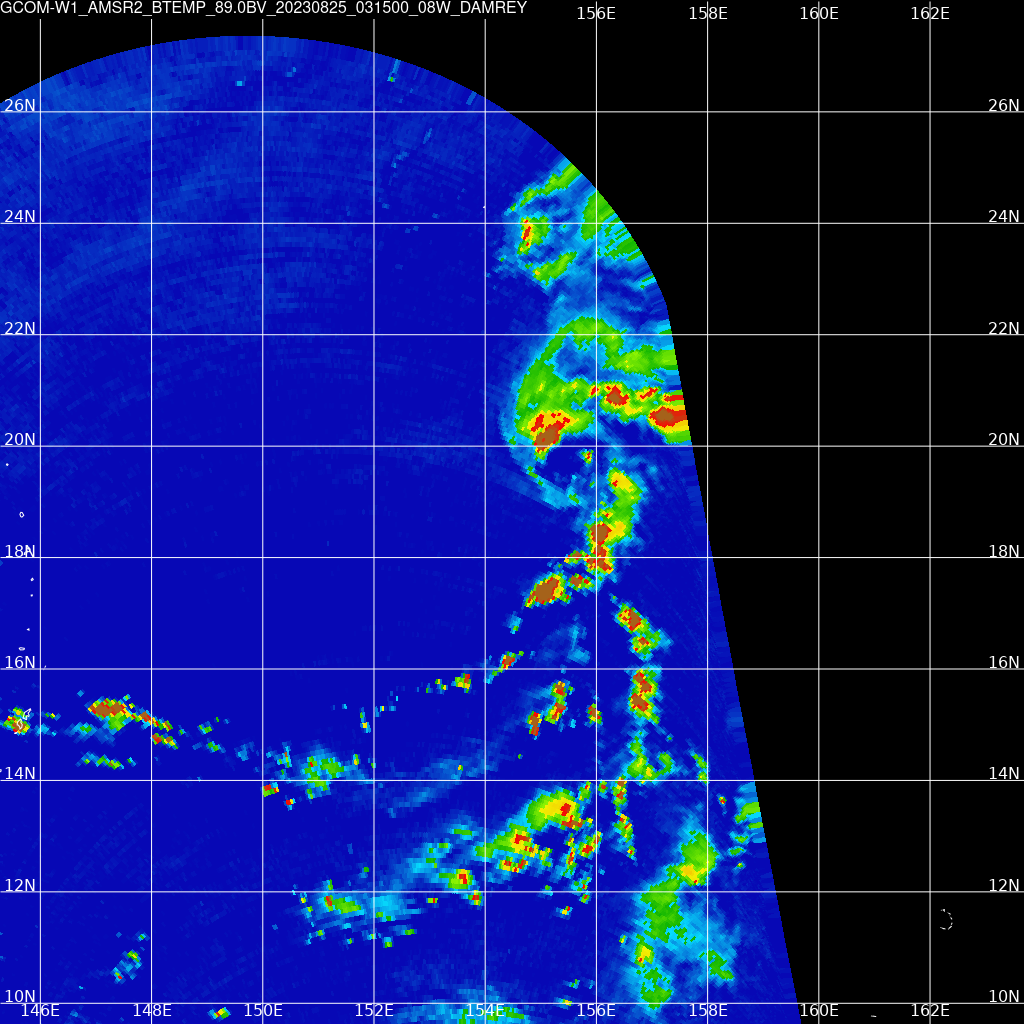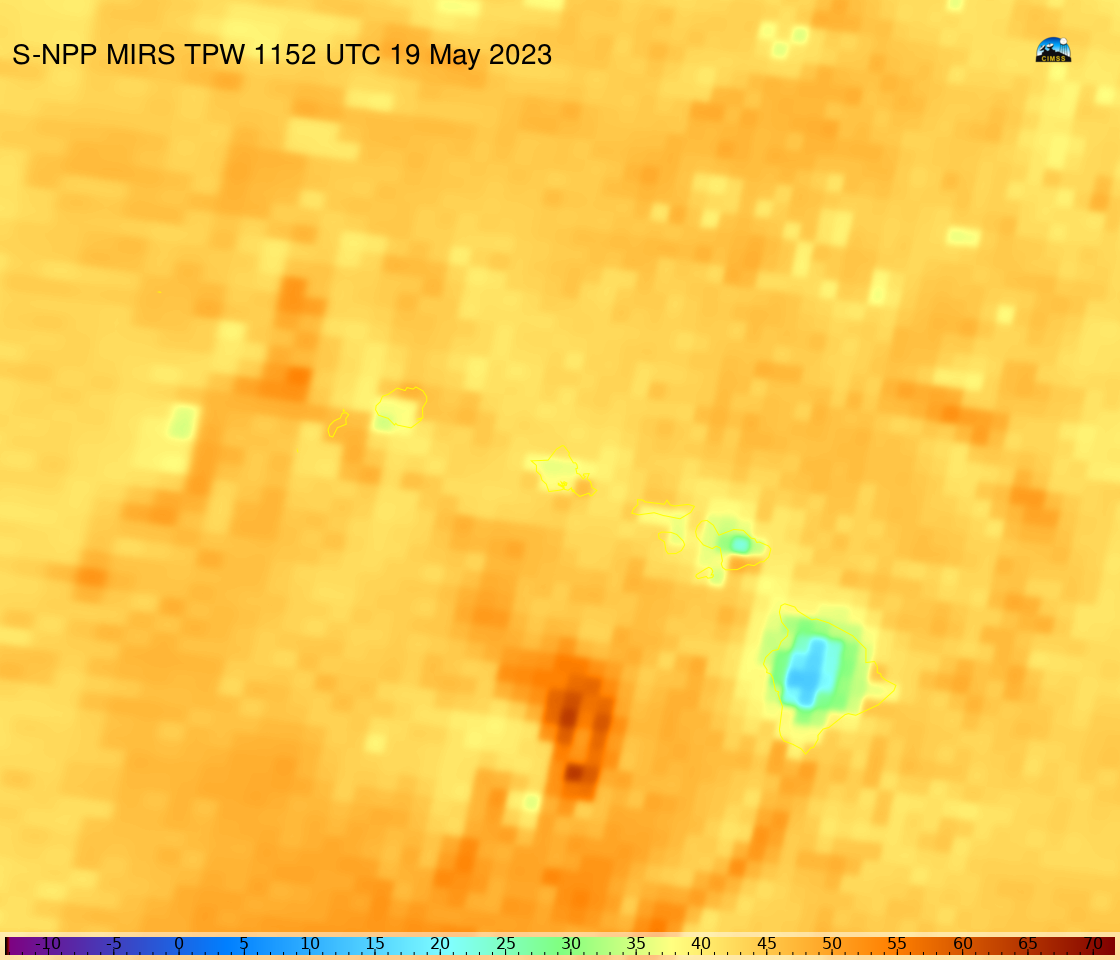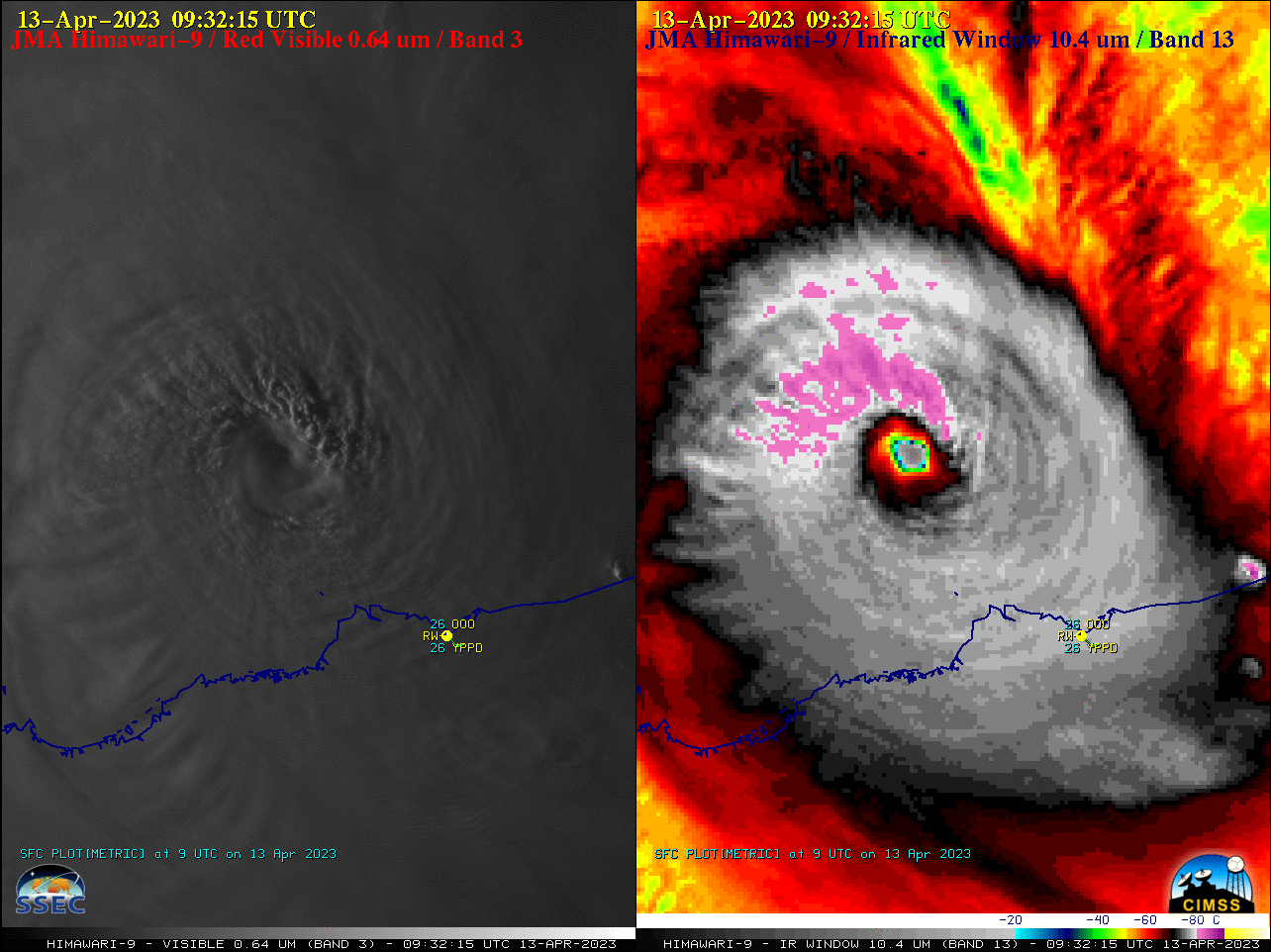Views of Tropical Storm Damrey from the Guam Direct Broadcast site

Direct Broadcast antennae give timely full-resolution imagery from various Low-Earth-Orbit satellites as they move within the view of the satellite received. Community Satellite Processing Package (CSPP) software takes the downloaded signal and produces imagery (or AWIPS-ready files). The toggle above shows VIIRS (Visible-Infrared Imaging Scanning Radiometer) and ATMS (Advanced Technology Microwave Sounder) data from... Read More





